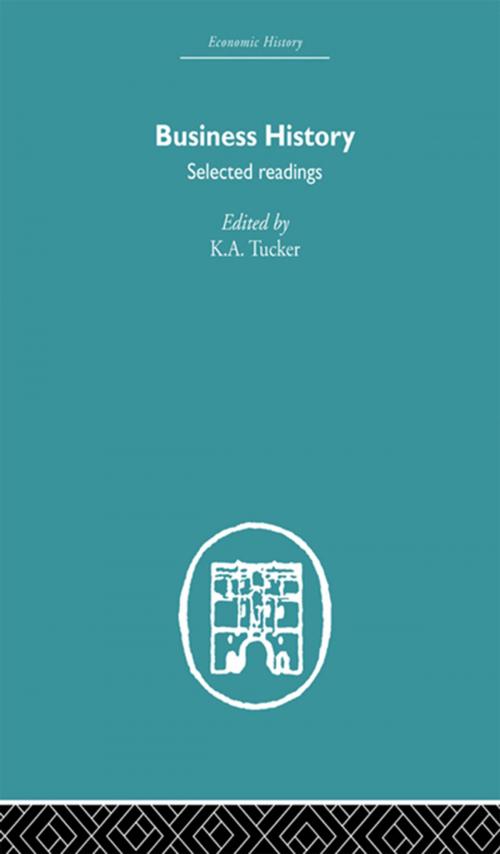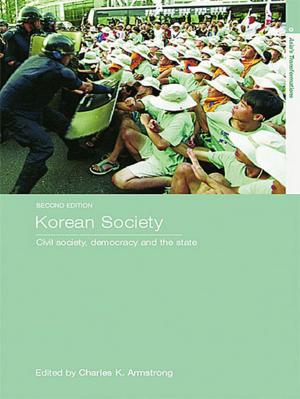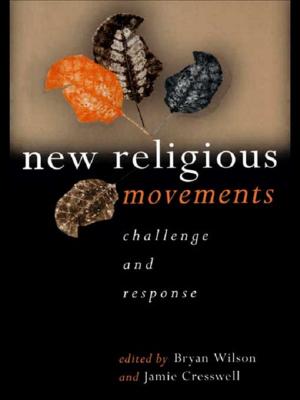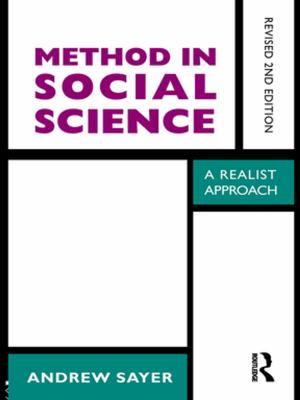| Author: | ISBN: | 9781136604706 | |
| Publisher: | Taylor and Francis | Publication: | November 5, 2013 |
| Imprint: | Routledge | Language: | English |
| Author: | |
| ISBN: | 9781136604706 |
| Publisher: | Taylor and Francis |
| Publication: | November 5, 2013 |
| Imprint: | Routledge |
| Language: | English |
This selection of readings demonstrates the use of both descriptive analysis and quantitative methods in the study of business records. The emphasis, however, is on the role of various quantitative approaches.
Part I contains articles that consider a number of questions about the methods to be used and the aims of business history research. How is the subject to be defined? What types of analysis are most useful in research? In what ways can the findings of any research he used?
Part II provides a number of examples of business history writing that demonstrate the results of a quantitative approach using both Primary and secondary source material. Some of the papers concentrate on the growth and performance of firms from various sectors of the economy. Some consider features of industrial structure. Others concentrate on techniques of marketing, personnel management and the assessment of profitability.
Part III focuses on the techniques of manage meat that have been used to motivate or control the development of business activity. The studies include an analysis of the role of accounting data and other types of information, aids to forecasting, market analysis and the problems of risk and uncertainty in business decision making within various contexts.
The editor has not only provided an introduction to the reprinted articles but he has also included, in Part IV, several special appendices useful for future research in business history. There is a section on allowing for changes in the unit of account. Another appendix deals with the merits and limitations of financial ratio analysis. An extensive bibliography is also provided. This authoritative text was first published in 1977.
This selection of readings demonstrates the use of both descriptive analysis and quantitative methods in the study of business records. The emphasis, however, is on the role of various quantitative approaches.
Part I contains articles that consider a number of questions about the methods to be used and the aims of business history research. How is the subject to be defined? What types of analysis are most useful in research? In what ways can the findings of any research he used?
Part II provides a number of examples of business history writing that demonstrate the results of a quantitative approach using both Primary and secondary source material. Some of the papers concentrate on the growth and performance of firms from various sectors of the economy. Some consider features of industrial structure. Others concentrate on techniques of marketing, personnel management and the assessment of profitability.
Part III focuses on the techniques of manage meat that have been used to motivate or control the development of business activity. The studies include an analysis of the role of accounting data and other types of information, aids to forecasting, market analysis and the problems of risk and uncertainty in business decision making within various contexts.
The editor has not only provided an introduction to the reprinted articles but he has also included, in Part IV, several special appendices useful for future research in business history. There is a section on allowing for changes in the unit of account. Another appendix deals with the merits and limitations of financial ratio analysis. An extensive bibliography is also provided. This authoritative text was first published in 1977.















